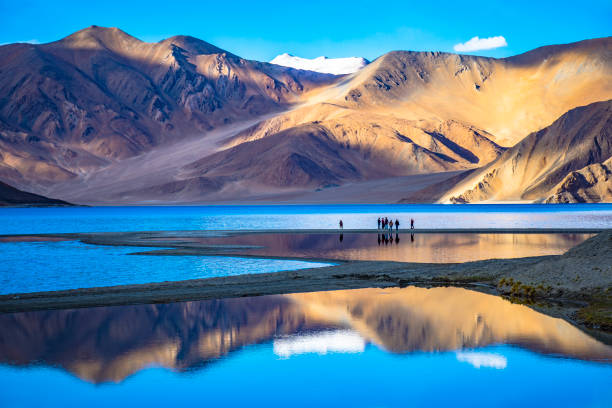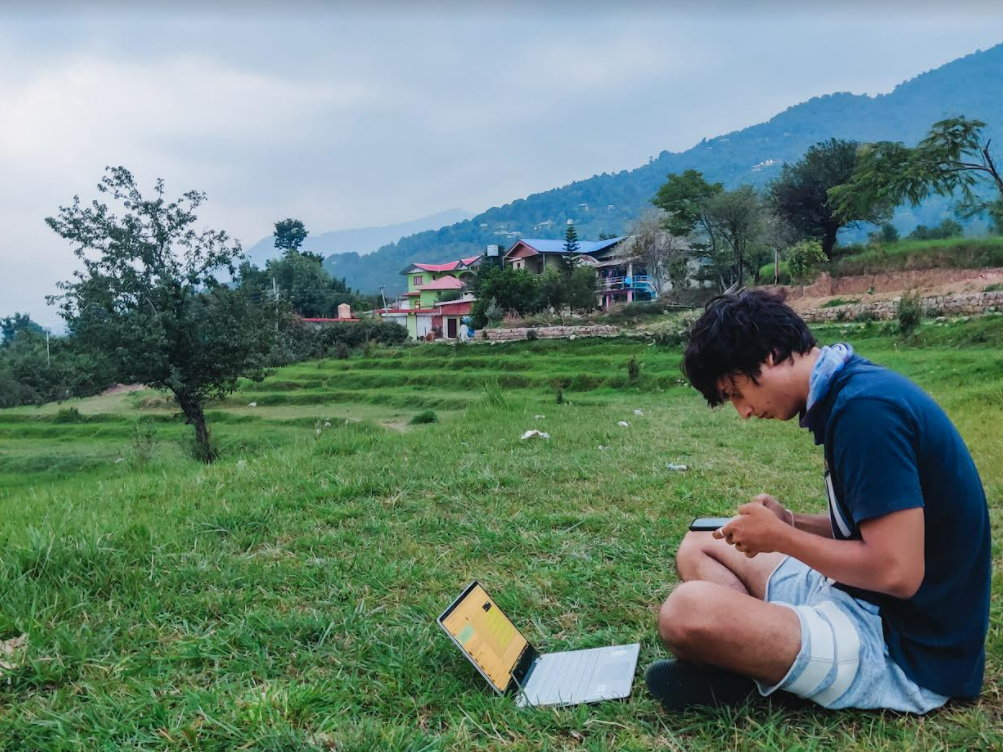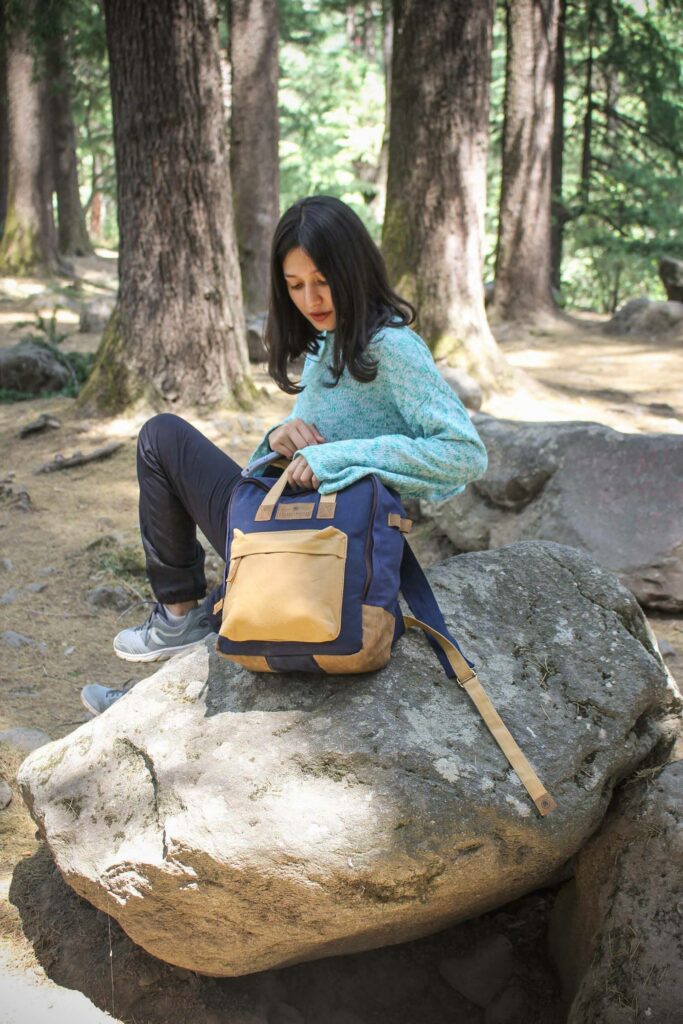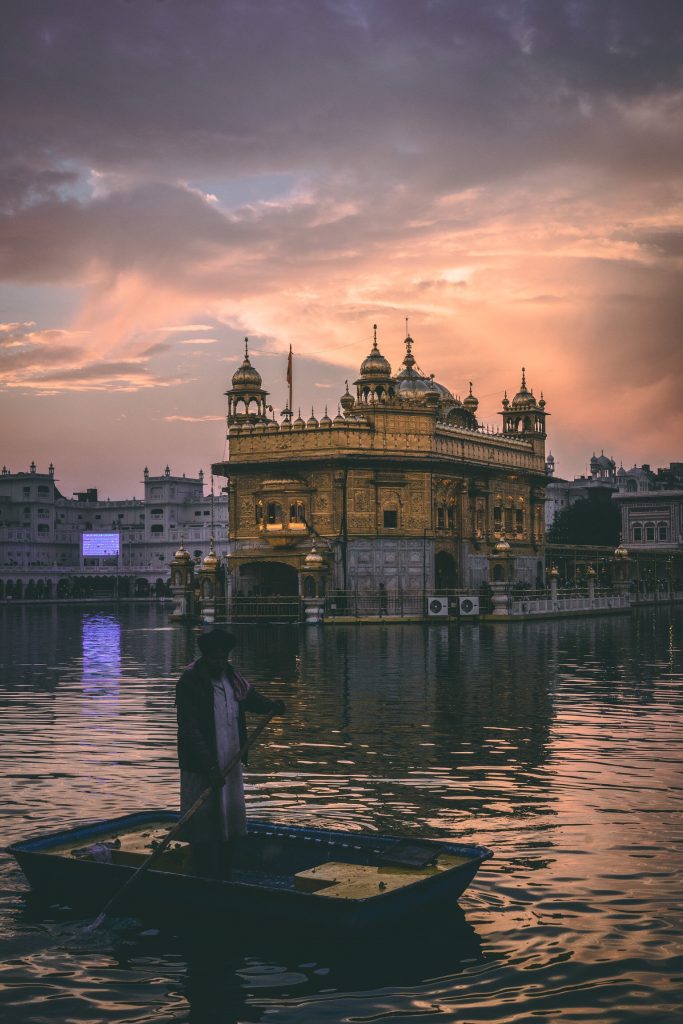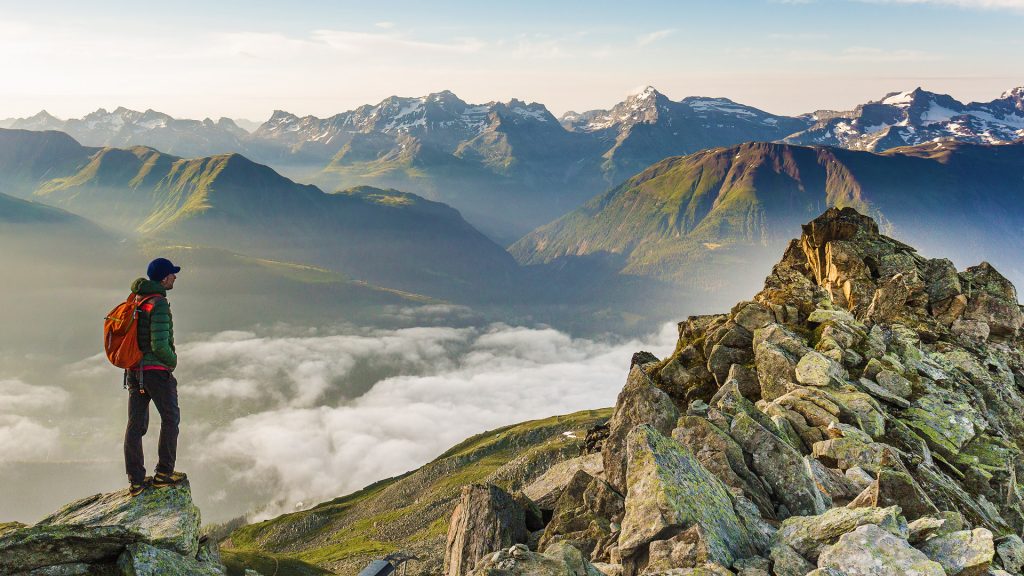As I embarked on my journey to Ladakh, I couldn’t help but reflect on the bygone era Rigzin Namgyal fondly spoke of, a time when only the most curious and adventurous souls ventured into this remote region in northern India. The year was the mid-1970s, and the treacherous road journey from Manali was reserved for a handful of backpackers seeking a genuine connection with Ladakh’s history, culture, and breathtaking landscapes.
I discovered, the landscape of Ladakh has undergone a profound transformation since then. 3 Idiots a block buster movie in 2009 catapulted this once-hidden gem into the spotlight, turning it into an Instagram-able weekend getaway flooded with tourists. The influx brought forth a wave of guesthouses and tour operators, mushrooming without proper planning and regulation, leaving an indelible mark on Ladakh’s fragile high-altitude desert ecosystem.
Amidst the chaos of burgeoning hotels and the ecological nightmare that followed, I found solace in the efforts of individuals committed to conservation and community. Ecolodges and boutique hotels have emerged as beacons of hope, embracing traditional architecture with locally-sourced materials. The use of rammed earth techniques and wood not only pays homage to Ladakh’s cultural heritage but also keeps these spaces insulated in winter, in stark contrast to modern cement structures. What helped me through my trip was my organiser and supporter my explorer backpack, reliable and has helped me make so many amazing memories.
During my stay, I witnessed the transformative power of these initiatives.

Stok Palace, a 200-year-old royal residence turned boutique hotel, stood as a testament to the preservation of vernacular architecture and the support for local education. Lchang Nang, meaning “house of trees,” offered a nearly solar-powered homestay experience in Nubra Valley, providing insights into Ladakhi cuisine, culture, and crafts.

The Lungmar Remote Camp, operated by conservationists Dorjay Stanzin and Abdul Rashid, exemplified responsible tourism. Their commitment to reducing human-nature conflict and protecting snow leopards and ecosystems led to the establishment of a wildlife camp in a neighboring village instead of expanding the existing one.

Ladakh Sarai, with its spread of camps across Ladakh, embraced the philosophy of “fewer rooms, better experience.” Owner Rigzin Namgyal’s dedication to water management and a transition to zero fossil fuel usage echoed through his properties, from mud chalets outside Leh to luxury tents along Pangong Lake and within Nubra Valley.

Himalayan Farmstays, curated by the Himalayan Institute of Alternatives, Ladakh (HIAL), allowed me to experience authentic Ladakhi life. Dining with families in their kitchens, sampling local dishes like khambir wheat bread and chu-tagir, and contributing to farming activities made for a truly immersive and meaningful stay.
In the midst of Ladakh’s tourist frenzy, these hidden gems beckon travellers to step away from the obvious attractions. By choosing such accommodations, we not only support conservation efforts but also redirect our focus towards the authentic and sustainable experiences Ladakh has to offer, away from the congestion of popular spots. It’s a journey that goes beyond the superficial, fostering a connection with the land, its people, and the richness of Ladakh’s cultural tapestry.




